Creating Wildlife Habitats in Urban Spaces
Why Urban Wildlife Habitats Matter
One balcony with native plants can host bees, butterflies, and seed eating birds, turning overlooked square meters into living mosaics. When neighbors join, scattered pockets stitch together, and a quiet street begins to hum with wings, color, and surprising resilience.
Why Urban Wildlife Habitats Matter
Urban ecologists consistently find that native plantings support far more insects, which in turn feed chicks, bats, and lizards. A single native shrub can host dozens of larvae and pollinators, making your curbside strip a miniature food web rather than decorative emptiness.
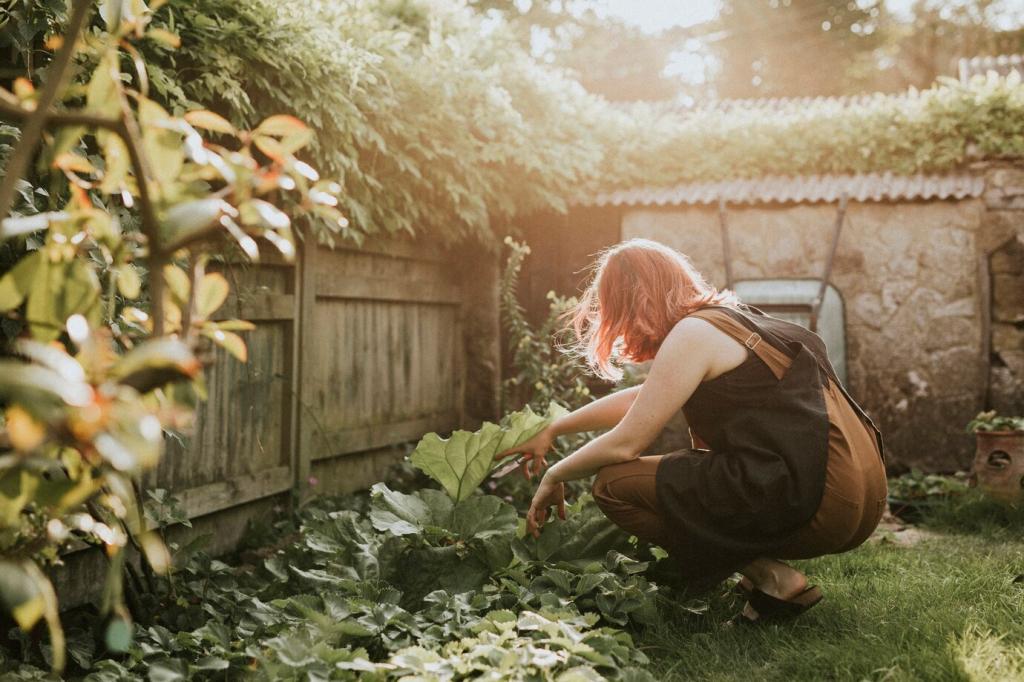
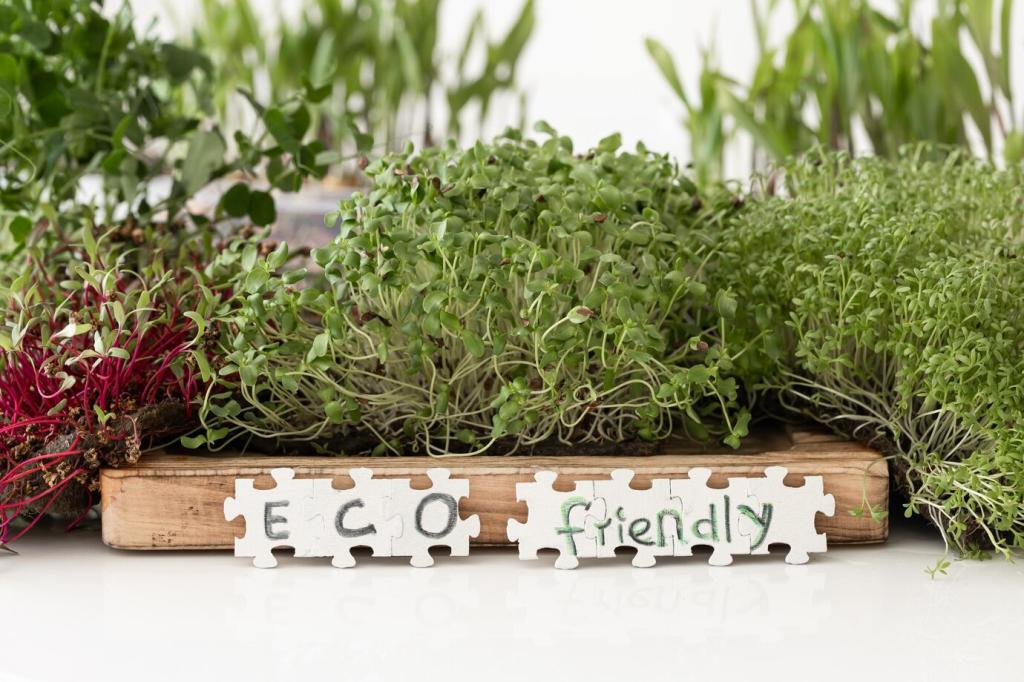
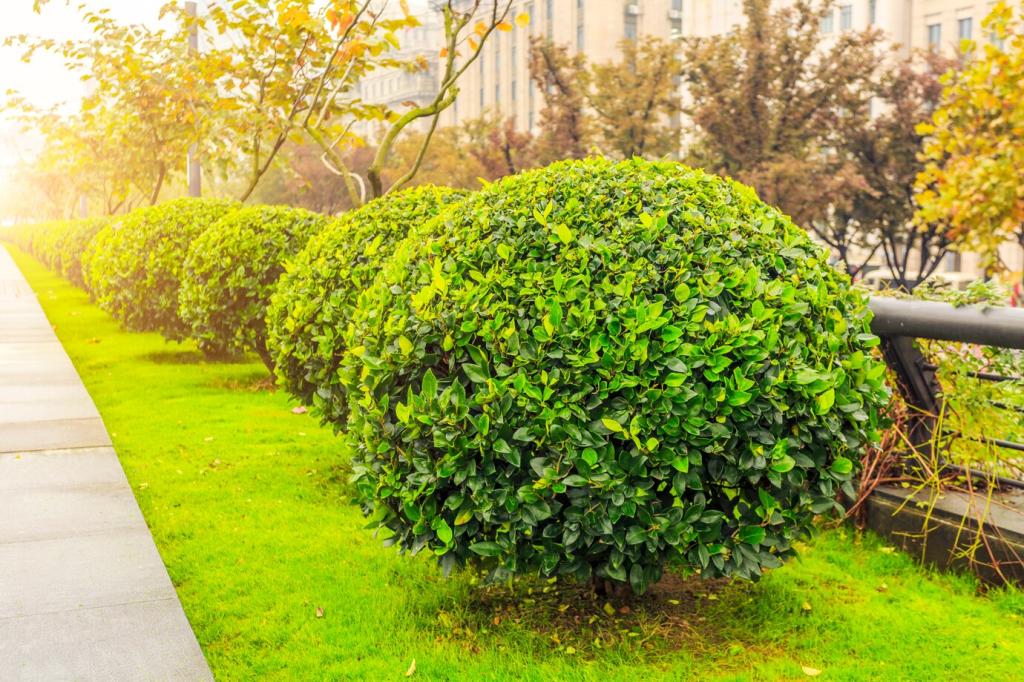

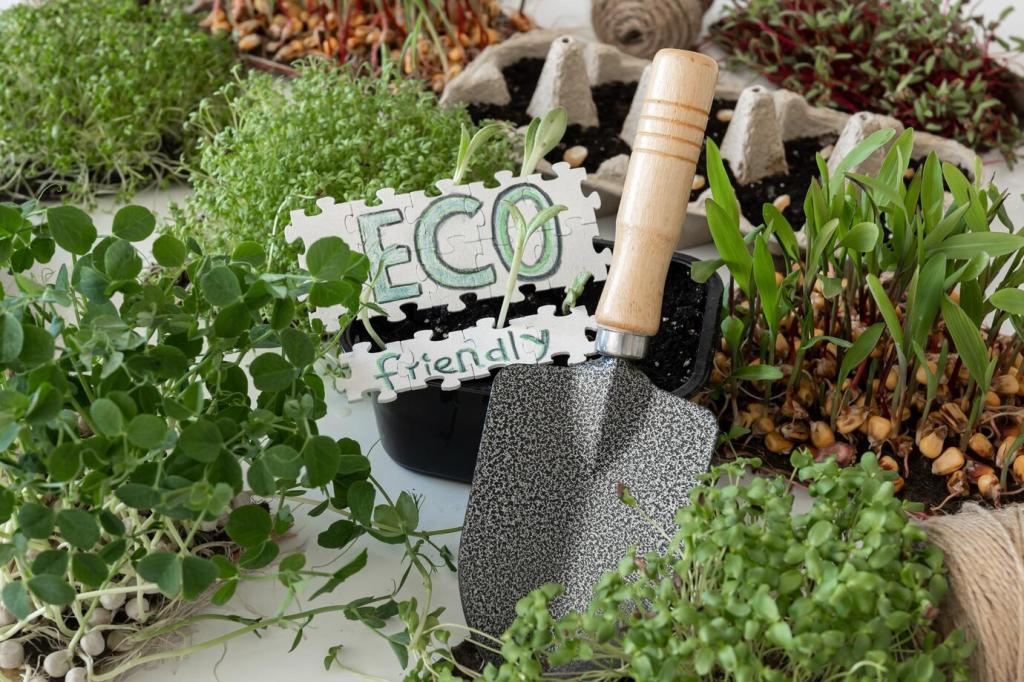
Select regionally native species that evolved with local bees and birds. Coneflowers, milkweeds, and asters offer nectar and seed; native grasses provide nesting fibers. Research your eco region, then build palettes that feed wildlife rather than simply pleasing human eyes.
Planting for Pollinators and Birds
Plan for spring, summer, and fall blooms so nectar never runs out, and leave winter seed heads standing. A simple spreadsheet or shared note can schedule succession, ensuring urban visitors find reliable forage every week, even during late season food scarcity.
Planting for Pollinators and Birds
Water, Shelter, and Safe Passage
Shallow water transforms a balcony into a vital stopover. Use a low dish with stones for perches, change water every few days to thwart mosquitoes, and scrub weekly. A tiny pump or dripping bottle adds sound that helps wildlife discover your oasis.
Water, Shelter, and Safe Passage
Leave hollow stems standing until spring so solitary bees can overwinter inside, and tuck brush piles or twig bundles in corners for wrens. Bee hotels are helpful when managed, but habitat first is safer, cleaner, and more resilient for urban wildlife.
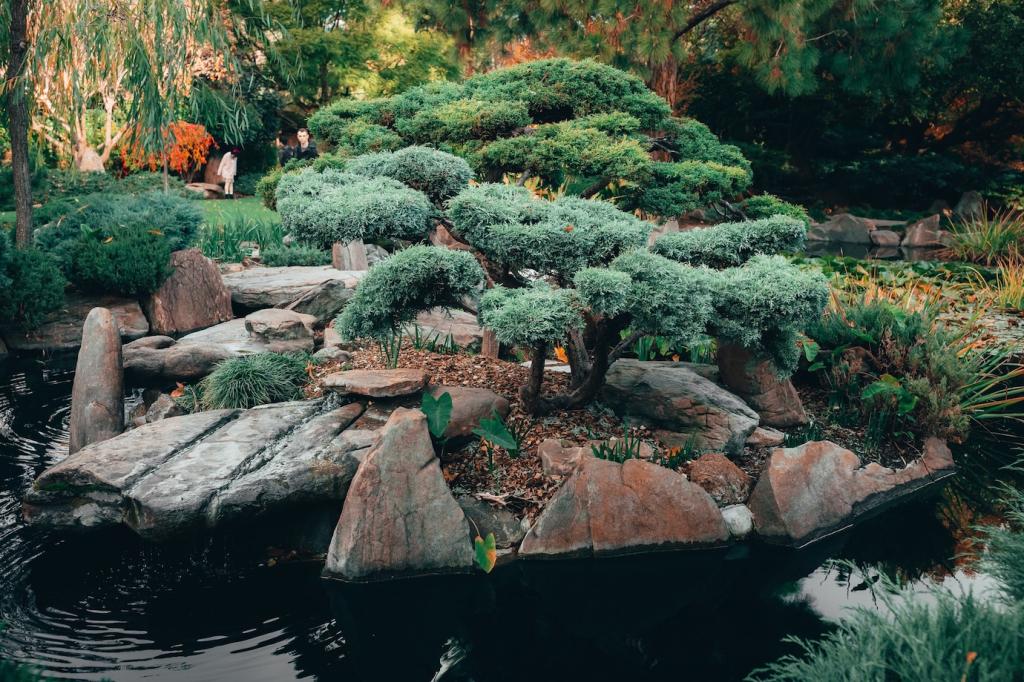

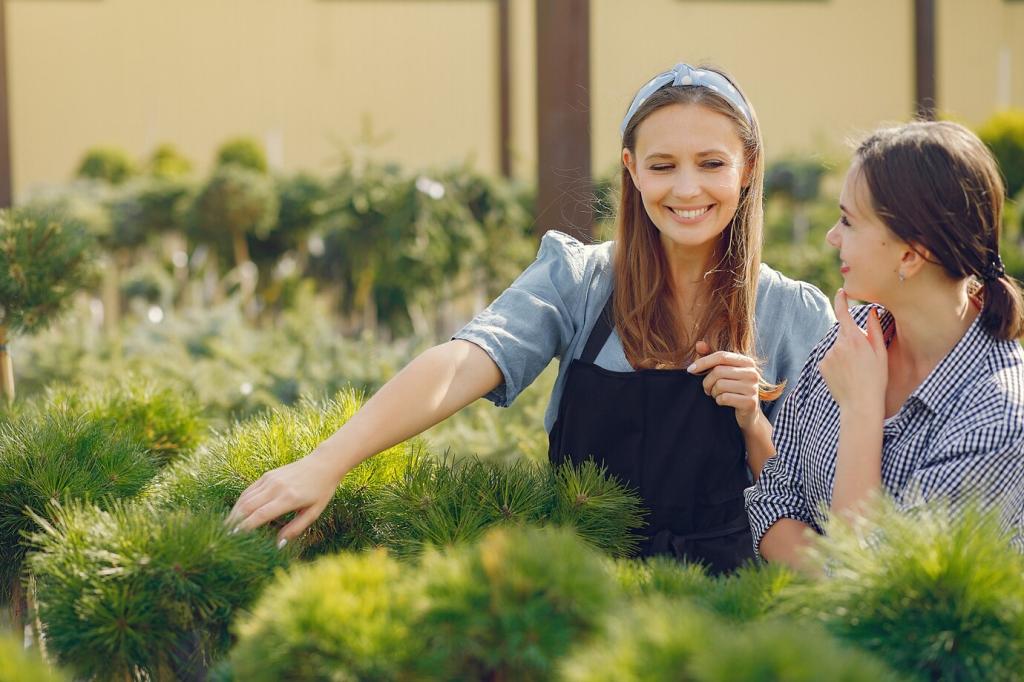
Feed with Thought
Supplemental feeders can help during storms or deep winter, but keep them clean, spaced, and seasonal to prevent disease. Prioritize habitat over handouts by growing food bearing plants. Share your approach with neighbors to align efforts and reduce unintended harm.
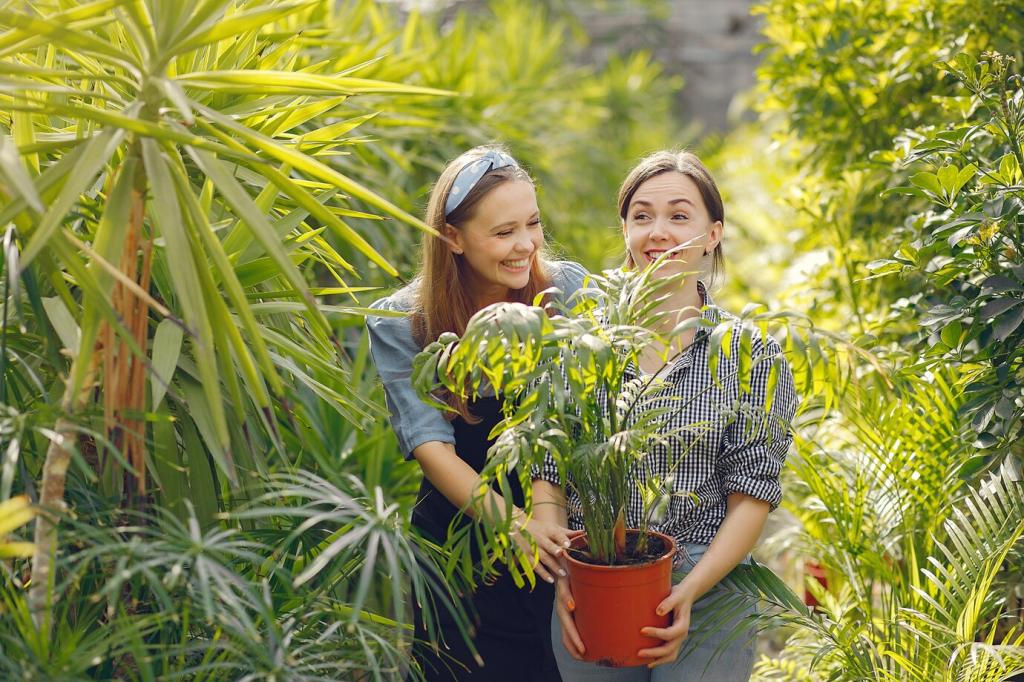
Pets, Windows, and Lights
Keep cats indoors or on leashes to protect wildlife and pets alike. Add window decals or screens to reduce collisions, and shift exterior lighting to warm, shielded, and motion activated. These small changes make urban spaces safer night and day.
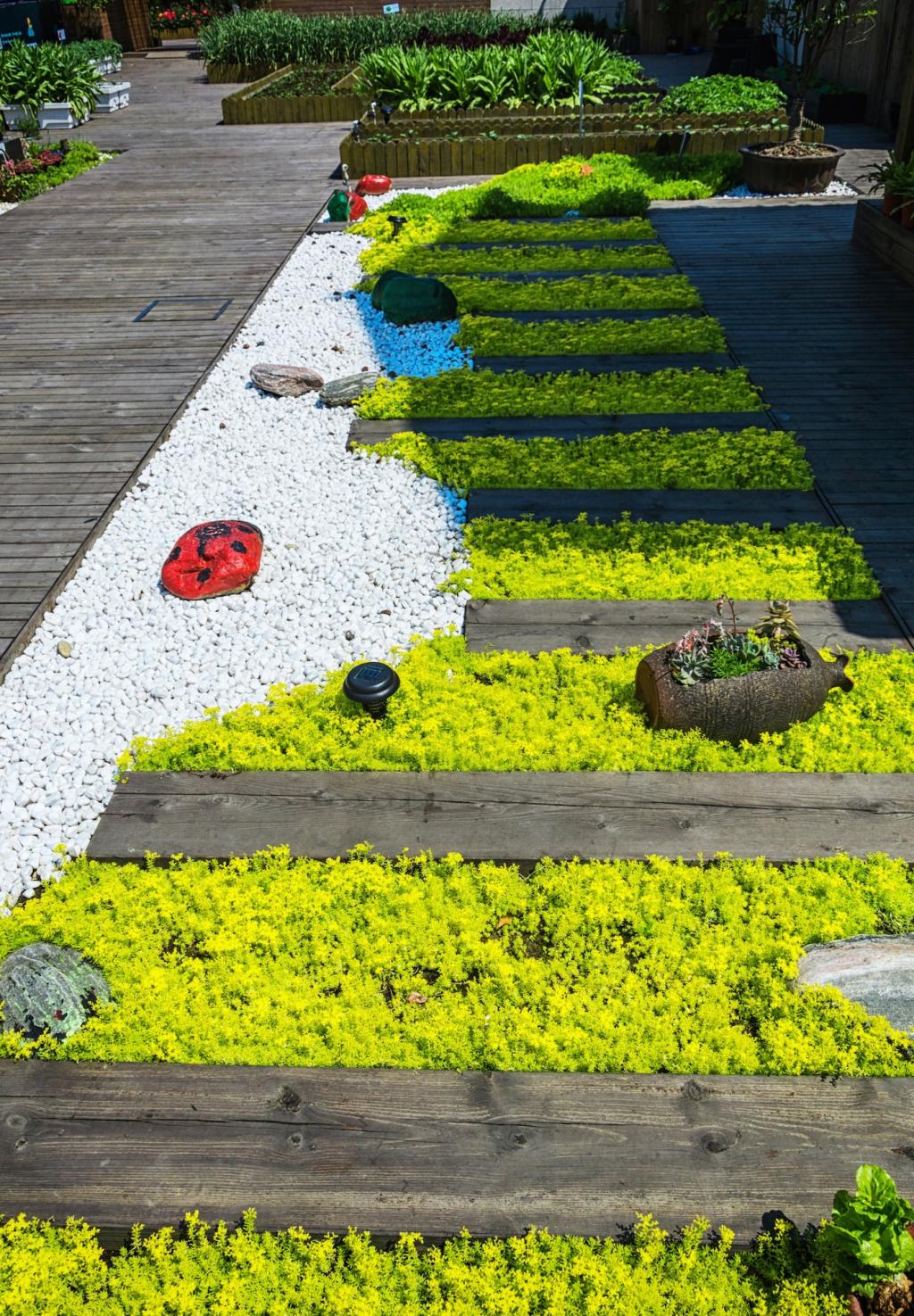
Respect Seasonal Needs
Time pruning for late winter, and avoid disturbing nests during spring. Leave some leaf litter through fall to shelter insects, then gradually tidy. Post a friendly note explaining choices so neighbors understand that creating wildlife habitats in urban spaces benefits everyone.
Community Action and Citizen Science
Use iNaturalist to record visiting species and eBird to track migrating flocks, then share your project page with the building. These datasets inform researchers while motivating neighbors, proving that small urban spaces can contribute meaningfully to regional wildlife recovery.
Maintenance that Nurtures
Mulch containers to slow evaporation, water early to reduce stress, and capture rain from downspouts where allowed. A simple schedule keeps habitats thriving through heat waves, while thoughtful care prevents runoff that can carry nutrients away from your living oasis.
Add compost, leave decaying leaves to rebuild structure, and avoid synthetic pesticides that harm beneficial insects. Healthy soil feeds plants that feed wildlife. Share your favorite homemade compost tips in the comments so other urban stewards can learn and adapt.
Keep a wildlife journal, noting first blooms, fledglings, and new visitors. Review patterns each season and tweak plantings accordingly. Post your highlights, ask questions, and subscribe to our newsletter for ongoing ideas on creating wildlife habitats in urban spaces together.
